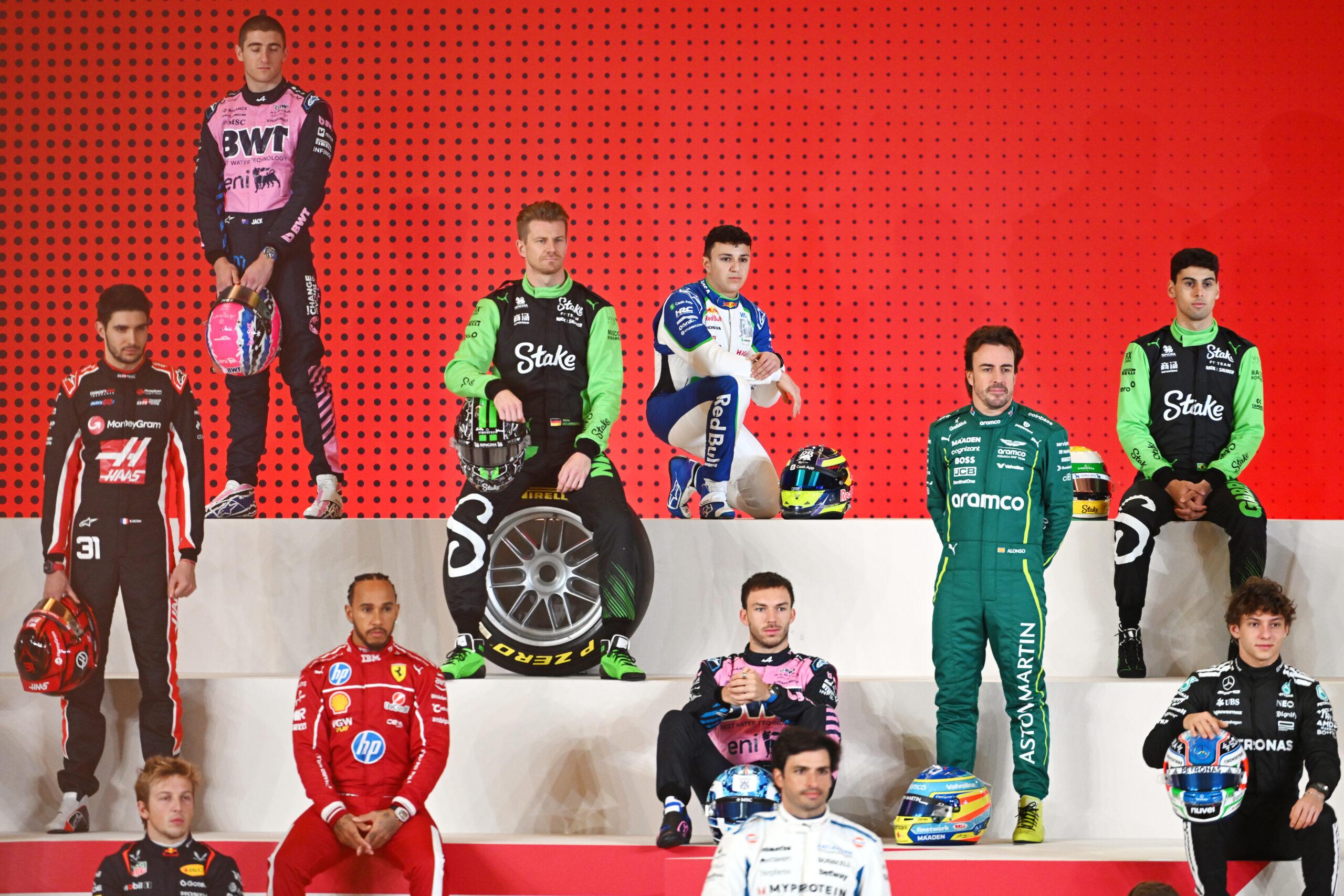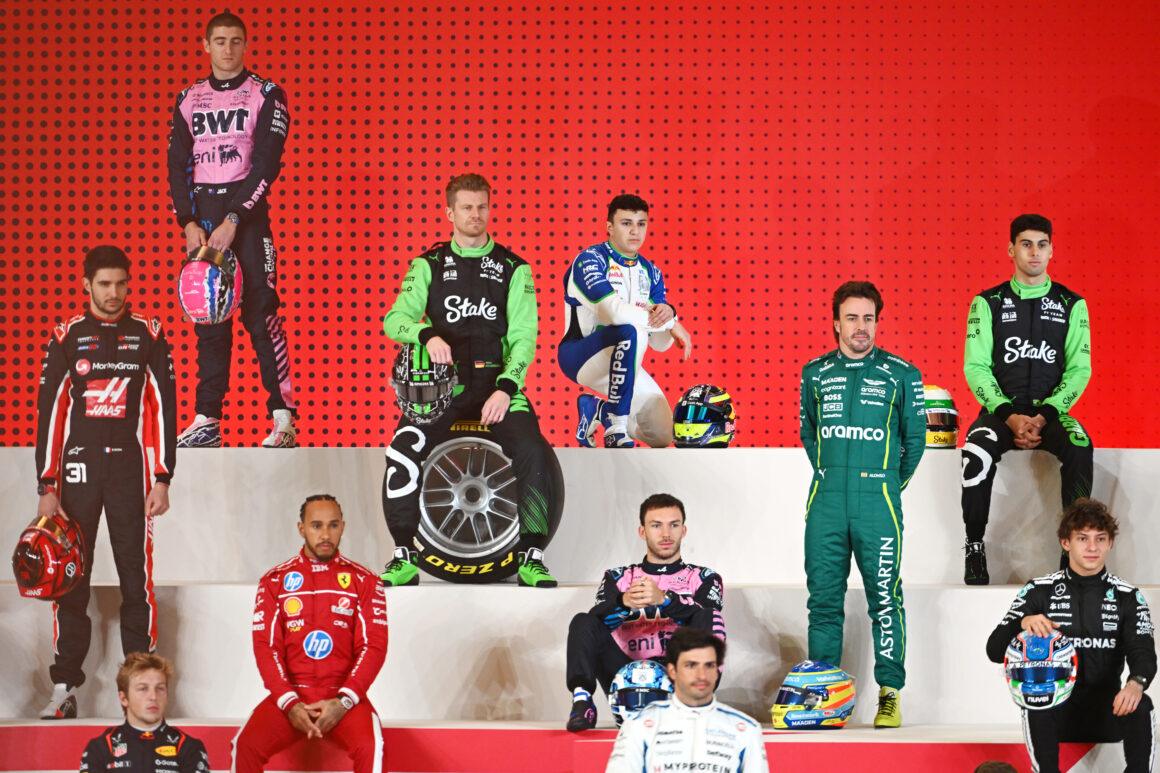Formula 1 doesn’t run on fairy dust. It runs on petrol. But not your corner-station brew. This is tightly controlled, hyper-precise fuel designed to survive an engine bay that hits 2,600°C. Half the sun’s surface. Blink and your eyebrows are gone.
The FIA’s rulebook turns fuel into a science exam. Composition, temperature, pressure, sampling—everything is measured, logged, and policed. Teams try to dance on the edge. The regs yank them back. File this under: high-performance micromanagement.
The Baseline: Petrol, But Built for War
The regulations state it plainly: the only fuel permitted is petrol. No witchcraft. No diesel. No rocket fuel. But within that boundary, chemists play chess with molecules—within strict limits on elements like oxygen, nitrogen, and manganese, plus physical properties like electrical conductivity and boiling point.
Every team runs a bespoke blend from its supplier, tuned to its power unit. You don’t just pour random stuff in and pray. That would be an engine lottery. And the bill would be obscene.
Octane, Flow, and Why Your Road Car Should Be Jealous
F1 fuel is blended for extreme knock resistance and efficiency at ridiculous cylinder pressures. The FIA defines testing methods and boundaries—think minimum octane thresholds and a maximum final boiling point of 210°C under ISO test procedures. It’s race fuel with a suit and tie.
Then there’s the fuel flow cap. Modern power units are restricted to a maximum fuel mass flow of 100 kg/h. Sensors track pressure and temperature like a hawk. Try to cheat, and the stewards will sniff it out faster than your nose catches race-day barbecue.
Cold Fuel Tricks? Not Today
Colder fuel packs more energy per volume. So teams would love to run it at Arctic spec. The regs shut that door: fuel can’t be colder than 10°C below ambient or 10°C, whichever is lower, when the car is outside the garage. Chill it on the car? Forbidden. Did Ferrari strategists forget how to count degrees? Not unless they like disqualifications.
Why all the fuss? Equal footing. Safe handling. And no team turning their pit box into a walk-in freezer. The plot thickens like a technical directive list.
Tank, Bladder, Bulletproof
Since 1970, F1 cars have used fuel bladders instead of rigid tanks. Today it must be a single rubber bladder meeting strict FIA safety specs, located only within a defined coordinate box in the chassis. Crash-tested. Explosion-averse. Drama-resistant.
No fuel lines are allowed through the cockpit. Because drivers aren’t flamethrowers. In a wreck, leaks are the enemy. The fuel cell is the last line of defense. The competition? Reduced to expensive spectators if safety goes wrong.
Sampling, Scrutineering, and the One-Litre Rule
Want to make the podium? First, give the FIA a drink. Teams must be able to provide a one-litre sample from the car for analysis to prove there are no illegal additives. It’s chemistry class with handcuffs. Fail to provide a clean sample, and you’ll be trending for the wrong reasons.
The system monitors pressure and temperature, too. If your data looks like a Jackson Pollock painting, expect stewards at your door. Somewhere, a PR manager just had a minor stroke.
Race Distance: No Refuelling, Big Strategy
In-race refuelling? Jurassic. It’s been banned since 2010. Now cars start heavy and finish light, carrying up to 110 kg of fuel to go the distance. That makes strategy king and fuel saving a dark art teams practice like monks.
Many squads under-fuel by design. Why lug extra mass if you can lift-and-coast or bank on a Safety Car? Risky? Yes. Fast? Often. Juan Manuel Fangio tried the low-load gambit in 1957 and almost paid the price in the pits. History repeats, just with more telemetry.
When Can Teams Refuel?
Refuelling is permitted in Free Practice and Qualifying, but only in the garage with the engine off. Pitlane splash-and-dash? Illegal. You want a fireball? Because that’s how you get fireballs. The rules are locked tight for safety.
During the race, you manage what you started with. Teams balance tyre life, lift-and-coast moments, and energy deployment. Another masterclass in how NOT to get caught short on lap 56.
Hybrid Era: Efficiency or Bust
Since 2014, F1’s turbo-hybrid power units turned the sport into an efficiency clinic. Thermal efficiency now tops 50%, upgraded from roughly 32% in the V8 era. Half your fuel becomes forward motion. The rest? Heat, noise, and pain for your rivals.
Fuel joined the revolution too. Since 2022, it’s been E10: 10% renewable ethanol. Cleaner, leaner, meaner. Lights out and away we… oh wait, engineers already optimised it.
2026 and Beyond: 100% Sustainable Fuel
The next big swing arrives in 2026: 100% sustainable fuel. The FIA is mandating fuel derived from advanced sustainable components—non-food biomass, renewable non-biological sources, even municipal waste—while meeting strict greenhouse gas thresholds. Green without the gimmicks.
The kicker? It’s designed to be compatible with the global ICE fleet. Translation: what wins on Sunday could clean up your commute. The plot thickens like press releases at a regulation change.
What Will Change for Teams?
Suppliers are already deep in development. Expect tweaks in combustion, ignition, and injection strategies to match new chemistries. Engines won’t just sip different fuel; they’ll sing to it with new calibration maps.
Don’t panic about performance. F1 engineers don’t do slow. They’ll find the lap time. And then some. Opponents? Sent back to karting school.
Quick Hits: F1 Fuel Rules and Realities
- Fuel type: Petrol only, tightly defined composition.
- Blend: Team-specific, within FIA limits; no last-minute swapping.
- Flow cap: 100 kg/h fuel mass flow, monitored by sensors.
- Capacity: Up to 110 kg; teams often under-fuel for pace.
- Temperature: Not colder than ambient minus 10°C or 10°C, whichever is lower.
- Sampling: Must supply 1 litre post-session for legality checks.
- Refuelling: Banned in races since 2010; allowed in FP/Q in the garage only.
- Sustainability: E10 now; 100% sustainable fuel hits in 2026.
So, Is F1 Fuel “Normal”?
No. And yes. It’s chemically a gasoline, but it’s crafted with sniper-level precision and policed like a state secret. Designed for monsters that rev to the moon, survive inferno temperatures, and still deliver efficiency that makes road cars blush.
You want the short version? F1 fuel is petrol turned up to eleven. The rules keep it honest. The engineers make it vicious. The rest of the grid? Expensive spectators when someone nails the blend.

